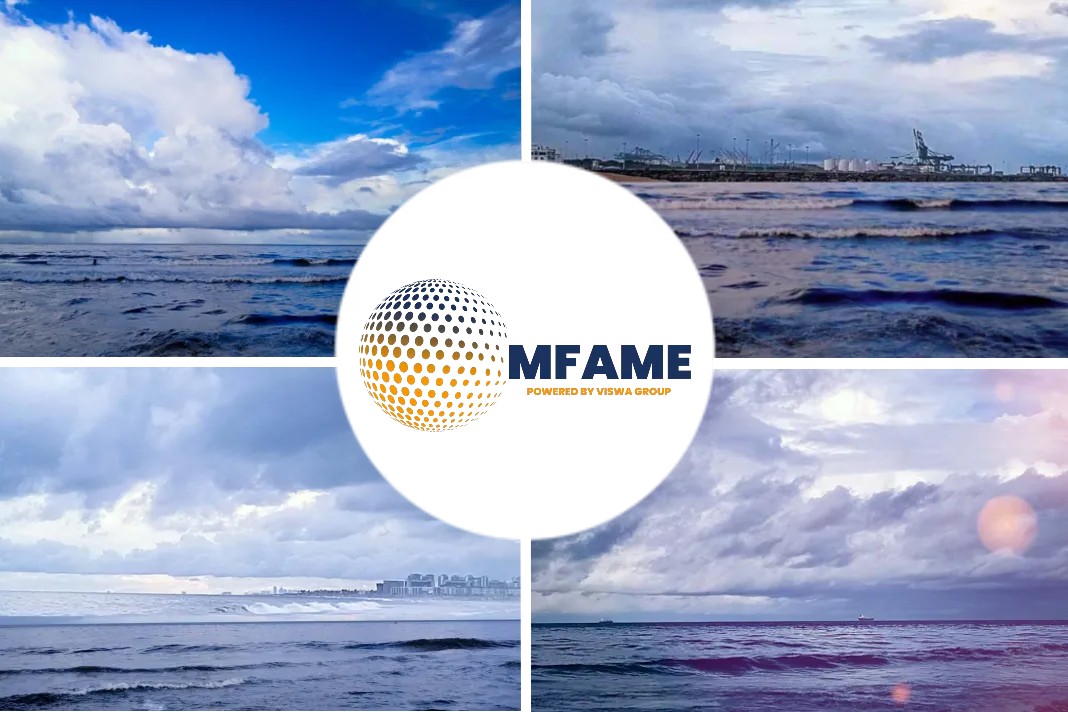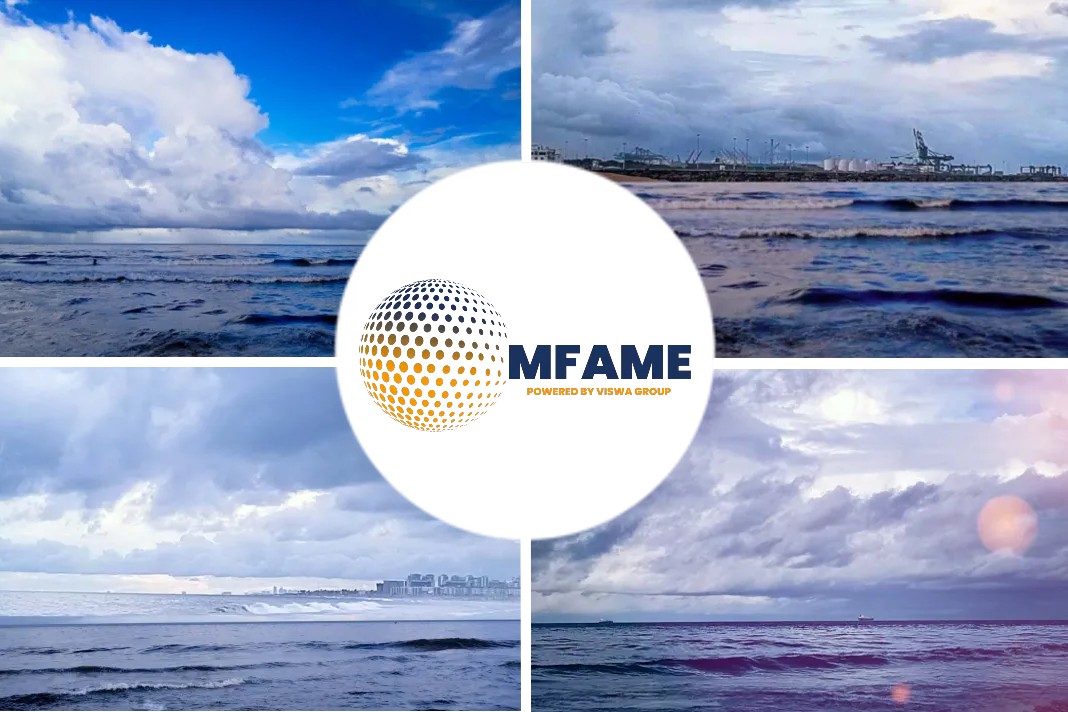In a major development, GasLog Ltd, one of the largest U.S.-listed liquid natural gas (LNG) tanker owners, is confident that today’s weak spot shipping rates are poised to turn, says an article published in the Freight Waves.
However, others warn that project delays and a high orderbook could slow the rebound.
Excluding the non-cash changes in the value of derivatives and other factors, adjusted net income for the first quarter of this year was $28.1 million, or $0.11 per share, topping the $0.06 per share anticipated by analysts.
GasLog Exposed to Spot Shipping?
GasLog Ltd is much more exposed to the LNG spot shipping market than its separately listed master limited partnership ‘daughter’ company, GasLog Partners (NYSE: GLOP). The latter has one spot vessel; GasLog Ltd has six.
Mexican Standoff between owners and charterers?
“There has been a ‘Mexican standoff’ between owners and charterers in terms of where they see the market going,” acknowledged GasLog Ltd. chief executive officer Paul Wogan on the May 3 conference call with analysts. Spot voyage rates are at just $35,000 per day while time charter rates are in the mid-$70,000s per day.
“There is a mismatch,” he said. “What we’re hearing anecdotally is that the market is starting to pick up and there are more [charter] inquiries” as charterers look to cover their positions in the 2019-20 winter months. “We see the number of ships tightening and believe that as a result of market forces, charterers will begin taking ships for one to three years.”
Spot Exposure As Demand Decreases
Asked by an analyst how much the company would reduce its spot exposure as time-charter demand increased, Wogan replied, “We like to have some exposure in the spot market, which gives us the opportunity to showcase our abilities to a large number of customers. We think that’s helpful in terms of increasing our customer base [for time charters]”.
“We like to have at least two or three ships in the spot market and right now we have six, so if we see opportunity in the one- to three-year time charter market, we’ll be looking at those very closely.”
Spot rates Under Pressure?
Spot-market rates are currently under pressure not just for seasonal reasons, but also because of delays in LNG liquefaction (export) projects.
When a project developer gets to a certain stage, it secures multi-year charters for vessels to service those outbound cargo flows. These charters are often assigned against newbuildings; a long-term employment contract is often necessary to secure construction financing, because LNG ships cost around $200 million each.
When the newly constructed ships are delivered, construction of the export projects they’re assigned to is frequently behind schedule. Until the project is completed, those ships are temporarily placed in the spot market, competing with all of the vessels that are not attached to projects.
Delays for Liquefaction Project
According to Ben Nolan, shipping analyst at investment bank Stifel, this negative factor may persist. “Delays for liquefaction projects, namely Freeport LNG and Cameron LNG [in Texas and Louisiana, respectively], have put extra pressure on the market as vessels tied to projects come into the spot market until their respective projects start up. The most recent issue has been Cameron LNG Trains 2 and 3, which have been delayed by at least a quarter into the first quarter of 2020 and the second quarter of 2020, respectively.”
Risk of Temporarily Newbuilding Employment
Given the current pace of newbuilding ordering, the risk of temporarily newbuilding employment in the spot market could be a persistent headache in the years ahead.

“After a record year of new vessel orders in 2018, 2019 has proven to be almost as active,” warned Nolan. “While some of the orders we needed, we estimate based on new liquefaction projects coming online between now and 2023, that new vessel order exceeds incremental cargos by approximately 30 ships, i.e., way too many, particularly with new orders still coming”.
“While new projects will eventually absorb that capacity, we estimate there is now an unavoidable air pocket in the market between 2021 and 2023,” he said.
Ordering Activity
Asked about ordering activity on the conference call, Wogan responded, “If you look at the orderbook right now, in 2019 and 2020, the vast majority of the ships were ordered against projects. I think in 2019 there is just one uncommitted ship. If you look further out, it’s around 65 percent committed to projects, and 35 percent non-committed”.
Time To Be Careful
“I think that we, as owners, have to be careful. While I don’t believe we’ve yet over-tonnaged the market, there is an opportunity to do so. We ourselves don’t feel compelled at this moment to be in the newbuilding market. We don’t think it’s the right time to be ordering speculatively.”
Did you subscribe to our daily newsletter?
It’s Free! Click here to Subscribe!
Source: Freight Waves















![[Answer] How To Convert Your Liabilities Into Assets With Ship Designing?](https://mfame.guru/wp-content/uploads/2019/08/Venturi-80x60.jpg)